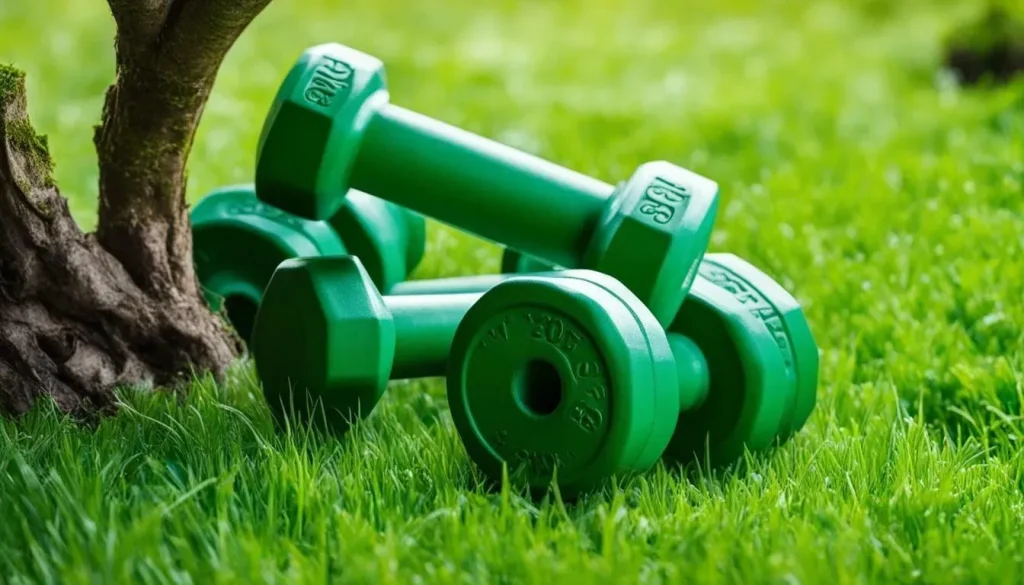Sustainable sports gear is not just a trend; it’s a practical choice that helps athletes perform at their best while protecting the planet. By prioritizing durable materials and responsible sourcing, athletes can train with confidence and reduce waste over time. From eco-friendly athletic gear to performance-ready fabrics, the best options blend comfort, durability, and minimal environmental impact. Sustainable athletic wear made with recycled fibers and responsibly dyed fabrics demonstrates how performance and planet-friendly design can align. This approach isn’t about sacrifice; it’s about smarter decisions that support long-term health, cost savings, and leadership in ethical consumerism.
In practice, this means choosing environmentally conscious gear built to last through many seasons. Manufacturers that emphasize transparent supply chains, repairability, and take-back programs help turn sports into a sustainable habit. Look for apparel and equipment designed for modular upgrades, recycled content, and durable construction that minimizes the need for frequent replacements. By thinking in terms of lifecycle—the materials, the manufacture, and the end of life—athletes can influence the market toward more ethical and circular solutions.
Sustainable sports gear: How to Choose and Care for Eco-Conscious Equipment
Choosing sustainable sports gear starts with understanding materials, performance, and lifecycle. Look for eco-friendly athletic gear that uses recycled fabrics or responsibly sourced natural fibers and fabrics processed with low-impact dyes. Certifications like bluesign, OEKO-TEX, or GOTS signal adherence to environmental and labor standards, helping you choose products that are durable and repairable rather than disposable.
Beyond material choices, prioritize gear designed for longevity and repairability, such as replaceable insoles, modular components, or reinforced seams. This aligns with sustainable athletic wear practices and reduces waste while supporting a faster return on investment. To close the loop, pick brands offering take-back programs or local repair services that enable repurposing into recycled fitness gear.
Ethical Sports Gear and Circularity in Green Sports Equipment
Ethical sports gear extends beyond what’s on the label to how something is made. Seek brands that disclose sourcing, pay fair wages, and provide safe working conditions across suppliers. Transparent supply chains empower athletes to support ethical sports gear and push for better materials, reduced emissions, and social responsibility.
End-of-life planning completes the ethical equation. Participate in brand recycling programs or textile take-back initiatives to ensure worn gear becomes part of a new product cycle. This circular approach—often called circularity in green sports equipment—reduces landfill waste and keeps materials, like recycled fibers, in use as long as possible, supporting recycled fitness gear and other sustainable options.
Frequently Asked Questions
What is sustainable sports gear and why is it important for athletes?
Sustainable sports gear refers to equipment, apparel, and accessories designed to minimize environmental impact while maintaining performance. For athletes, it supports consistent training, comfort, and responsibility. Look for durable, repairable items and textiles with bluesign, OEKO-TEX, or GOTS certifications, plus brands offering take-back or recycling programs to close the loop and reduce waste.
What should I look for when selecting eco-friendly athletic gear and green sports equipment to ensure quality and ethical practices?
Start with certifications and lifecycle: look for bluesign, OEKO-TEX, or GOTS on eco-friendly athletic gear and green sports equipment to verify environmental and social standards. Choose durable, repairable designs and brands with take-back or recycling programs to support circularity. Favor recycled fitness gear and responsibly sourced natural fibers, and seek transparent information about labor practices to find ethical sports gear. Finally, match performance needs to reduce over-purchasing and waste.
| Aspect | Key Point | Practical Tips |
|---|---|---|
| What is Sustainable Sports Gear? | Sustainable sports gear refers to equipment, apparel, and accessories designed, manufactured, used, and disposed of with minimal environmental impact; it emphasizes durability, repairability, and ethical sourcing. |
|
| Why Eco-Friendly Practices Matter for Athletes | Gear that fits, lasts, and moves with you, while minimizing environmental harm; reduces total cost of ownership; fosters responsible consumption. |
|
| Materials and Manufacturing: What to Look For | Materials like recycled fabrics, organic cotton, bamboo, and hemp; certifications such as bluesign, OEKO-TEX, or GOTS indicate standards. |
|
| Durability and Repairability | Design for repair extends gear life; replaceable parts and robust construction reduce waste. |
|
| Ethical and Transparent Supply Chains | Brands disclose sourcing, labor practices, and environmental impact; fair wages and safe conditions. |
|
| End-of-Life and Circularity | Take-back, recycling, and repurposing programs close the loop. |
|
| Practical Practices for Athletes: How to Choose and Use Sustainable Gear | Evaluation of performance, lifecycle, and end-of-life options is essential; prioritize longevity and reparability. |
|
| Eco-Friendly Practices in Daily Training | Incorporating eco-friendly routines reduces waste and energy use during training. |
|
| Choosing the Right Gear for Different Sports | Sport-specific demands dictate fabric, durability, and features. |
|
| Case Studies: Real-Life Examples of Sustainable Gear in Action | Athletes across disciplines embrace sustainable gear; examples include recycled-polyester tights, take-back jersey programs, and recycled-frame components. |
|
Summary
Sustainable sports gear represents a thoughtful approach to athletic performance that respects the world we run, swim, and ride in. It blends durability, repairability, ethical manufacturing, and responsible end-of-life practices to extend gear life and reduce environmental impact. When athletes choose eco-friendly materials, transparent supply chains, and circular programs, they demonstrate leadership in responsible consumption and contribute to a more sustainable sporting community. The journey toward sustainable sports gear is ongoing and collaborative, inviting athletes, brands, and communities to innovate, share transparency, and close loops through circular systems. In this way, performance and planet coexist in balance.



